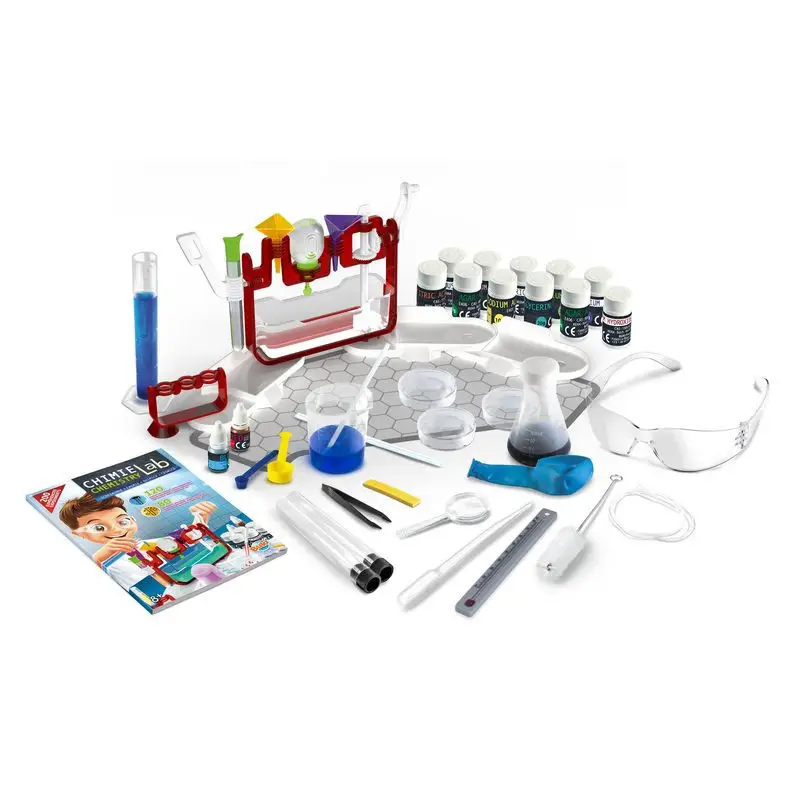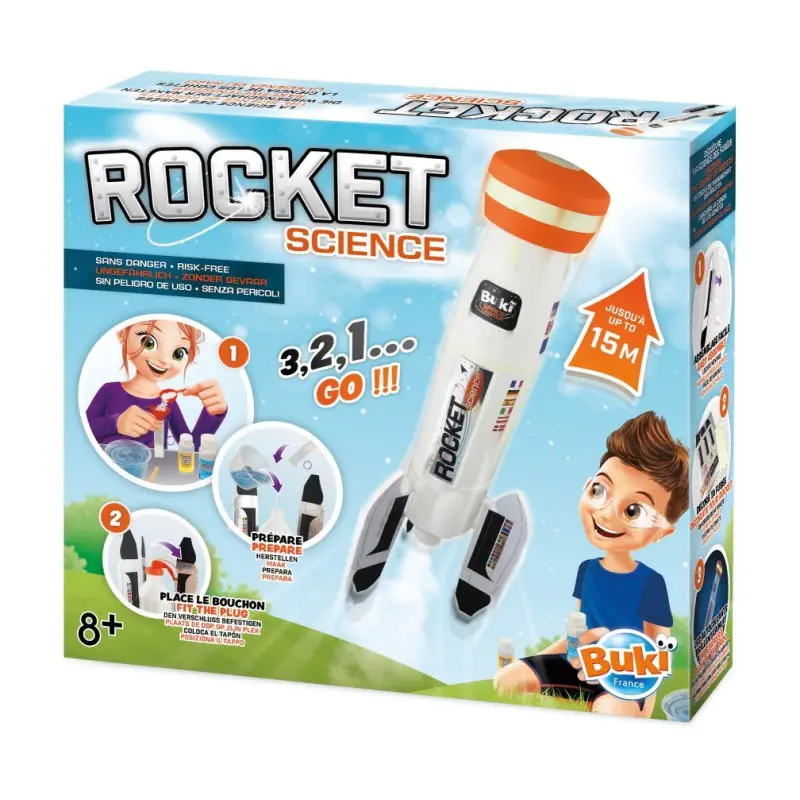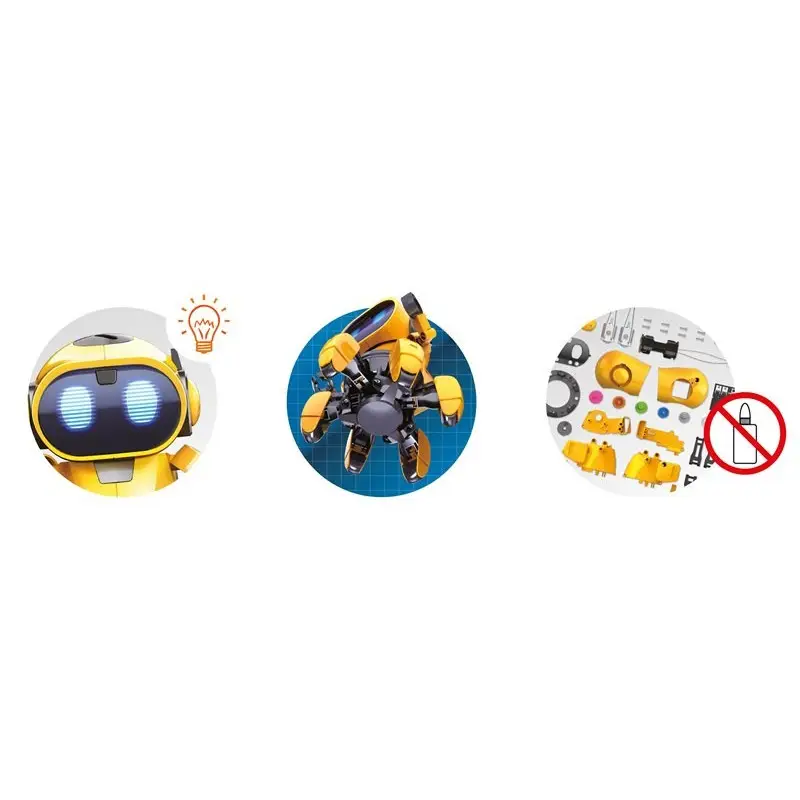Fun, education and science for children, these are STEM toys.
What is it about and how does it relate to the world of games and toys? What is STEM?
This term (or previously SMET) originated in the early 1990s in the United States as a study program of the Center for the Advancement of Hispanics in Science and Engineering Education (CAHSEE). The program was successfully introduced and sponsored by NASA at many American educational institutions and universities. Later, the program was incorporated into the programs and strategies of American government institutions. In the next decade, the program with its already established acronym and in various variants, modifications, and additions spread worldwide:
S – Science (science), T – Technology (technology), E – Engineering (engineering), M – Mathematic (mathematics).
In reality, these are exactly the areas of interest for KINT in line with our mission and vision. Therefore, in sales, we focus on these products for children, i.e., to bring science, technology, engineering, and mathematics closer to children.
Toys and entertainment = education and science
Mobile phones and interactive electronics are a current trend that kids enjoy. Parents, on the other hand, are struggling with how to get their children away from screens, phones, and displays. Especially since we already know that excessive passive use of technology impacts human thinking and IQ, and this is proven on a physiological level, as described by neurologist Jan Martin Stránský in an interview on iRozhlas. But should we ban technology for children? Wouldn’t it be better to teach them how to use technology properly and explain how it works? For example, as discussed in this article on idnes.cz. In any case, technology is among us and drives our society and its efficiency forward. Likewise, children need to learn it, but they must also understand its essence.
Alongside the abstract, cybernetic world, it is also necessary to understand the physical and chemical nature of the world. How can modern technologies control and, in some processes, replace humans if they do not respect physics or chemistry? Not everything can just be programmed; we must also understand the causes and effects of the real world. Therefore, it is important to support this direction.

Where to choose





